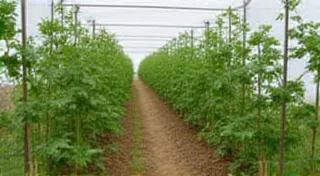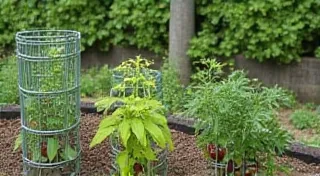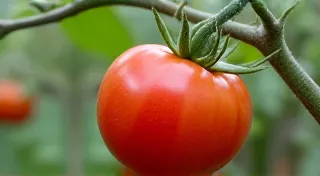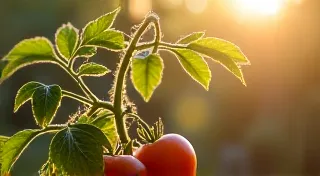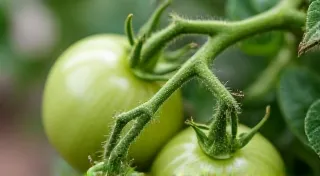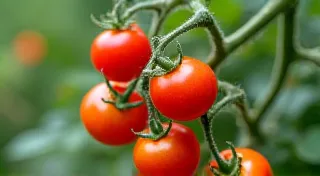Hillbilly Tomatoes: A Southeast Growing Secret
The Southeast, with its long, hot summers and humid conditions, presents a unique challenge for tomato growers. But nestled amongst the Appalachian hills and across the Southern plains, a beloved heirloom variety thrives: the Hillbilly tomato. This isn't just another tomato; it's a regional favorite, passed down through generations, and it holds a few secrets to success in our challenging climate. This guide will delve into the best practices for growing Hillbilly tomatoes, with a particular focus on nutrient management and disease prevention – essential for thriving in the Southeast.
What is a Hillbilly Tomato?
The Hillbilly tomato is an indeterminate variety, meaning it keeps growing and producing tomatoes throughout the season. It's known for its excellent flavor – a classic tomato taste that's often lost in modern hybrids. They're typically medium-sized, round to slightly oblate, and a vibrant red when ripe. The name "Hillbilly" speaks to their origins: a heritage variety grown and cherished in rural communities, often grown from saved seed. It's believed to have roots in Kentucky, and its adaptability made it a staple across the Southeast.
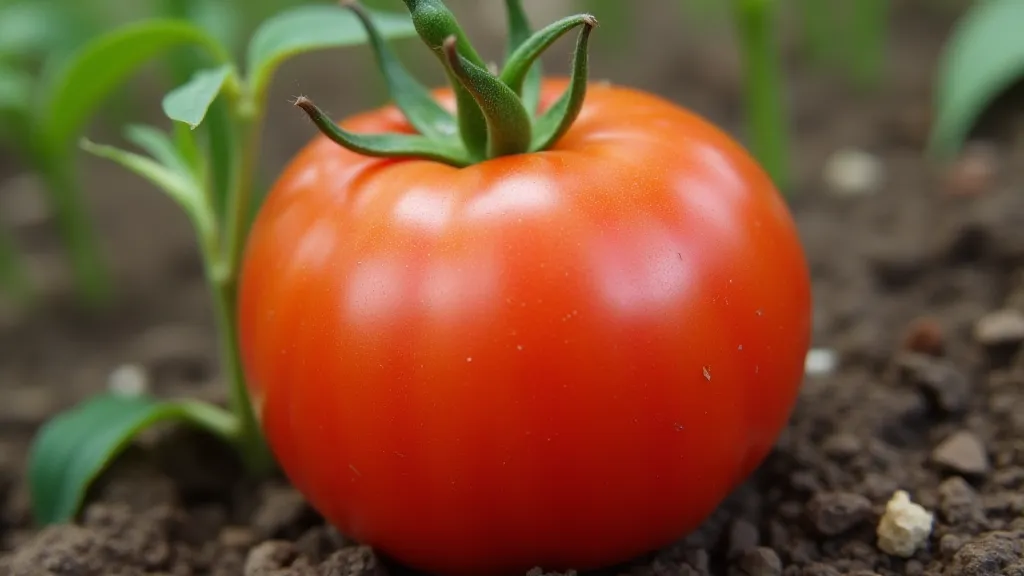
Soil & Planting for Southeast Success
Hillbilly tomatoes, like all heirloom varieties, demand a little extra care. Here's how to set them up for success in the Southeast:
- Soil Preparation: The Southeast's soil can be notoriously heavy clay or sandy. Amend your soil generously with compost and well-rotted manure *before* planting. This improves drainage and adds vital nutrients. A slightly acidic soil pH (6.0-6.8) is ideal.
- Sunlight: These plants need at least 6-8 hours of direct sunlight daily.
- Starting Seeds: Begin seeds indoors 6-8 weeks before the last expected frost. Transplant outdoors once the risk of frost has passed and the soil has warmed.
- Spacing: Provide adequate spacing – at least 2-3 feet between plants – to ensure good air circulation, which helps prevent disease.
- Choosing the Right Variety: The key to a successful tomato garden is selecting varieties that thrive in your specific microclimate. While Hillbilly tomatoes are exceptional, there's a vast world of heirloom tomatoes to explore. For those interested in expanding their tomato selections, a Cherokee Purple tomatoes guide can offer valuable insights into varieties that excel in the South.
Nutrient Management: Feeding Your Hillbillys
Nutrient deficiencies are common in the Southeast, particularly nitrogen and magnesium. Here's a feeding strategy:
- Early Growth: Use a balanced fertilizer (e.g., 10-10-10) at planting.
- Flowering & Fruiting: Switch to a fertilizer higher in phosphorus and potassium (e.g., 5-10-10) to support blossom set and fruit development.
- Magnesium: The Southeast's soil is often deficient in magnesium, leading to yellowing leaves (interveinal chlorosis). Apply Epsom salts (magnesium sulfate) – 1 tablespoon dissolved in a gallon of water – every 2-3 weeks.
- Foliar Feeding: Consider foliar feeding with seaweed extract to provide micronutrients.
- Optimizing Fertilizer Choices: Understanding the nuances of tomato nutrition is vital. A comparison guide of tomato varieties, like the Tomato Variety Comparison, can illuminate how different tomatoes respond to various nutrient profiles.
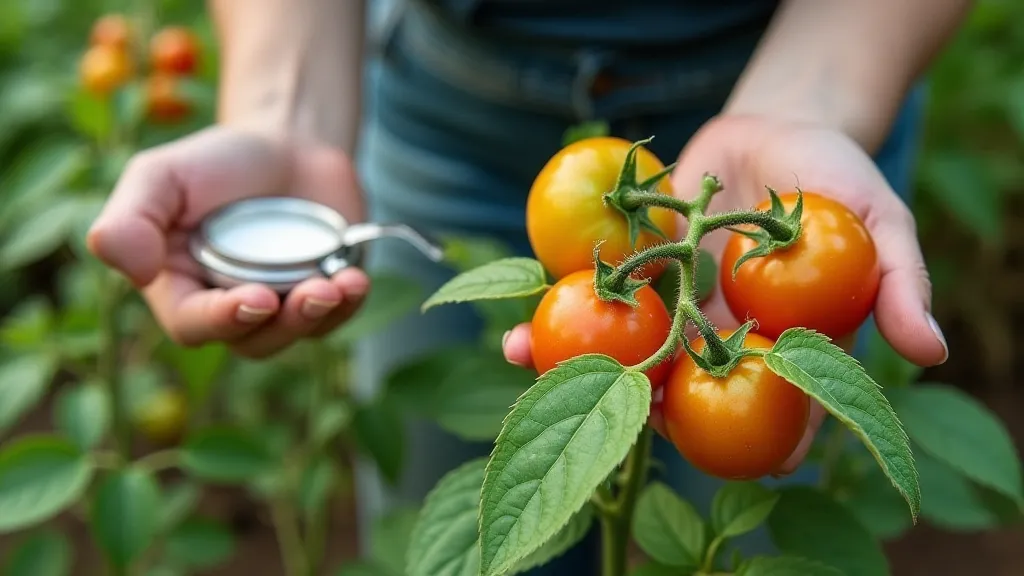
Disease Prevention: Battling Southeast Humidity
The Southeast’s high humidity breeds fungal diseases. Prevention is key:
- Air Circulation: Proper spacing and pruning (removing suckers from the base of the plant) are crucial for good air circulation.
- Watering: Water at the base of the plant to avoid wetting the foliage, which can encourage fungal growth. Water early in the morning so foliage dries quickly.
- Foliar Sprays: Consider preventative applications of organic fungicides like copper or neem oil, especially during periods of high humidity and rainfall.
- Crop Rotation: Practice crop rotation to avoid soilborne diseases.
- Watch for Common Issues: Be vigilant for signs of early blight, late blight, and septoria leaf spot.
- Choosing the Right Support System: Strong, supportive tomato cages are critical for healthy growth and disease prevention. A Choosing the Right Tomato Cage guide offers practical advice for selecting appropriate structures for your regional climate.
Beyond Hillbilly Tomatoes: Expanding Your Tomato Horizons
While the Hillbilly tomato represents a cornerstone of Southern gardening heritage, the world of heirloom tomatoes is vast and varied. From the iconic Cherokee Purple to the San Marzano, each variety offers a unique flavor profile and growing experience. Successfully cultivating a diverse range of tomatoes requires a strong foundation in soil science, nutrient management, and disease prevention.
The Impact of Climate on Tomato Variety Selection
The Southeast’s unique climate presents a blend of challenges, including high humidity, intense sunlight, and prolonged periods of heat. These conditions can significantly impact tomato growth and yield. Selecting varieties that are specifically adapted to the Southeast’s climate is essential for success. While the Hillbilly tomato exhibits exceptional adaptability, exploring other heirloom varieties can further enhance your garden’s productivity and flavor diversity.
Harvesting and Enjoying Your Hillbilly Bounty
Hillbilly tomatoes are ready to harvest when they are a deep, even red and slightly soft to the touch. The taste is truly exceptional – rich, flavorful, and undeniably Southern. Enjoy them fresh, in salads, sauces, or however your heart desires!
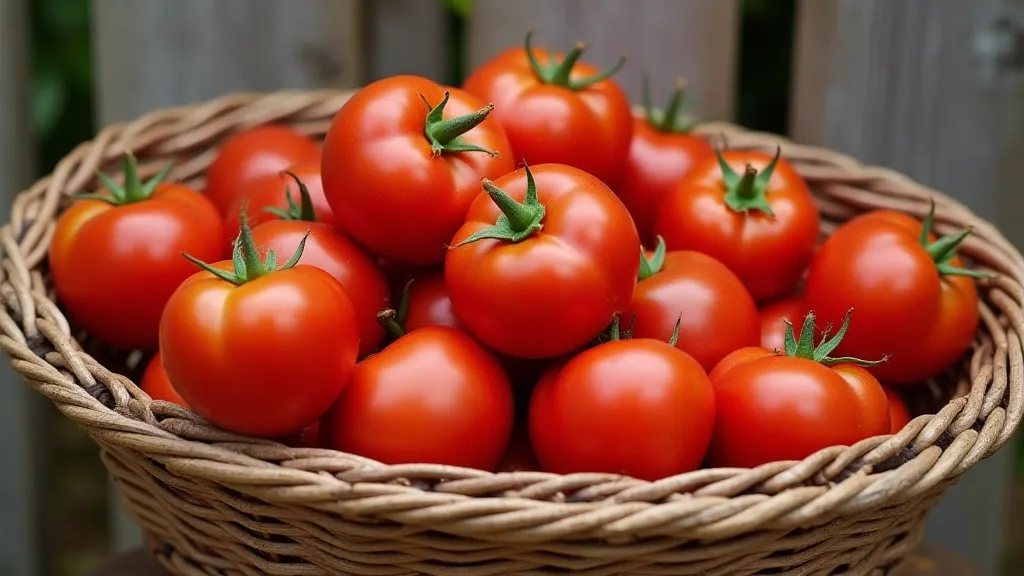
Growing Hillbilly tomatoes in the Southeast requires attention to detail and a commitment to providing the right conditions. But the reward – a taste of Southern heritage and the satisfaction of growing your own delicious heirloom tomatoes – is well worth the effort.
